Among the lower-end MX series, the 7600 and 7000 are the two rackets that have left the deepest impression on me. The former, with its more user-friendly handling, has become one of the recommended entry-level rackets.
However, the 7600 does have the issue of being tuned a bit too soft, which makes it less satisfying on the offensive side. Based on the official specs, could the 5600, with only a difference in stiffness, be a better option?

Specifications:
Weight: 3U G5, without grip, total weight in use: 91.17g, balance point: 307mm, shaft length: 215mm, moderate stiffness.
Frame: octagonal aerodynamic frame, 80-hole string bed, string tension recommendation: 26 lbs, strung at 25 lbs with BG85.
The design is reminiscent of the MX70, with silver and navy blue as the primary colors for the paint job. However, the layering is done very well, and the long blue sections on the sides make the racket appear longer, highlighting the slim aerodynamic structure of the head. The meteorX design at the 3 and 9 o’clock positions is quite distinctive. The racket isn’t flashy, but upon closer inspection, there’s plenty to talk about.
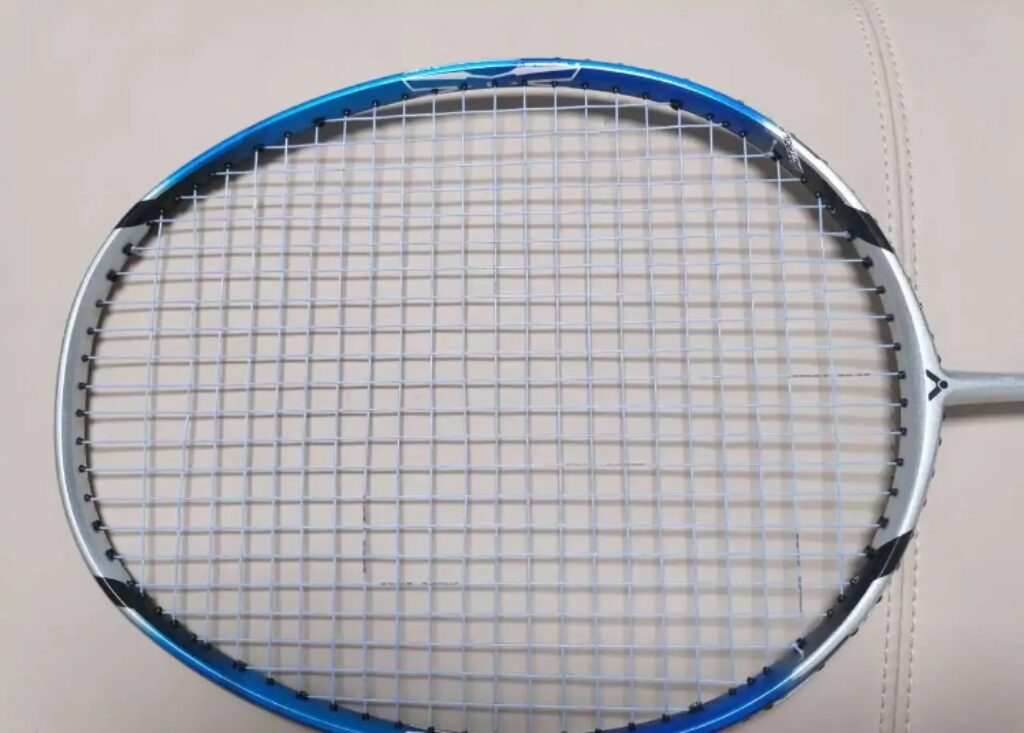
When I got the racket in hand, I realized my expectations weren’t quite met, as this is the only 80-hole racket I’ve encountered in the low-end MX range so far. This means it’s on a different track from the other entry-level MX models I’ve tested. If we’re going to compare it, it should be compared to the MX6000, where the only difference on paper is the number of string holes.
When I first picked up the MX5600, it didn’t feel particularly striking. It has a somewhat average feel, with slightly higher head weight and swing speed, which should assist in generating power to hit solid shots. In actual play, it performs well enough in clear shots, but the 80-hole string bed does require some adjustment, especially for a low-end racket.
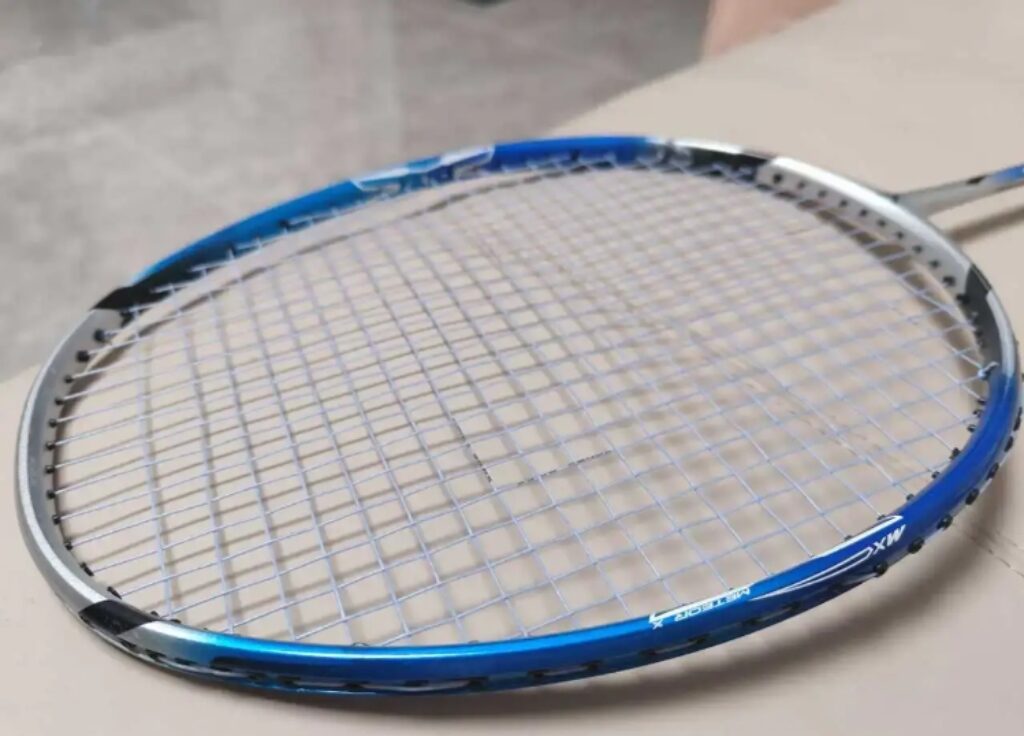
This reminded me of a low-end Bonny racket that also used an 80-hole string bed, but without proper material tuning, it amplified the “wooden” feel of the string bed, and the 5600 faces the same challenge. Of course, one could argue that the larger sweet spot of the 80-hole design makes it more forgiving, as off-center hits will have less impact on shot quality. However, this kind of characteristic change in a low-end racket may increase discomfort for a broader audience.
Additionally, even though I encountered the long-missed and beloved BG85 strings, their condition wasn’t ideal and didn’t pair well with the 5600.
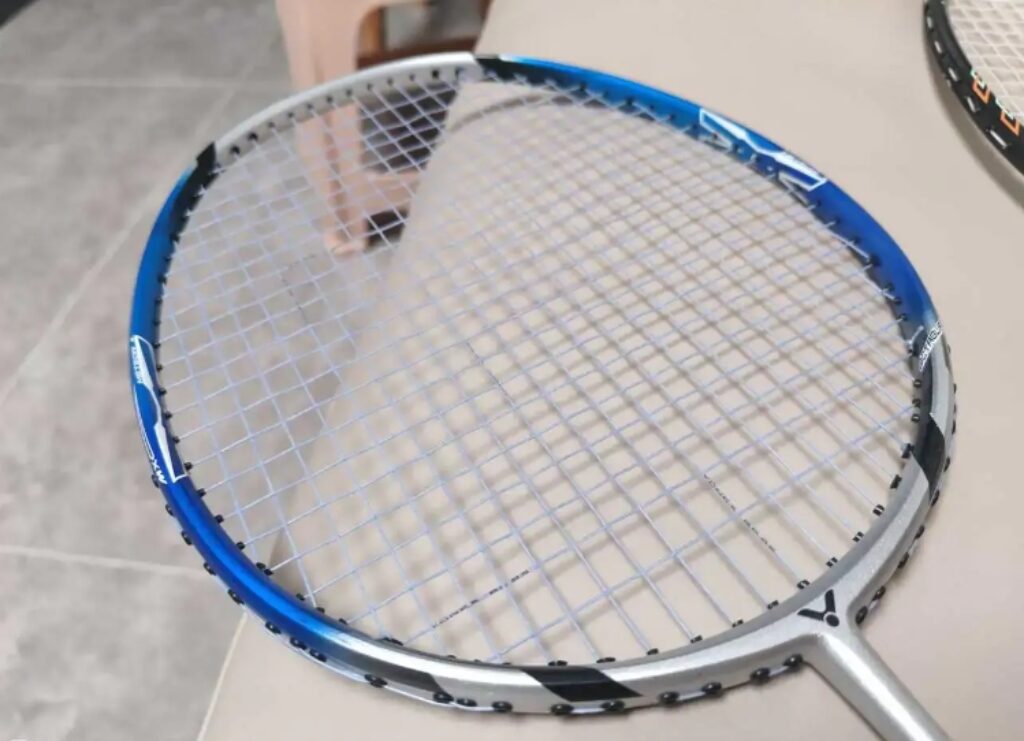
As expected, in most aspects of its performance, the 5600 doesn’t significantly stand out from the MX6000. Given the differences in specs, it’s worth focusing on the difference in feel when hitting with power.
The key features likely lie more in smashes or drives, where the 80-hole string bed does feel stiffer. In terms of power generation, the 5600 actually provides an effective sensation of leveraging the frame’s weight to hit powerful smashes. However, in energy transfer, it falls short compared to the 7000. Otherwise, it’s hard to explain why, even with the BG85 strings, the racket still lacks that explosive power after heavy smashes.
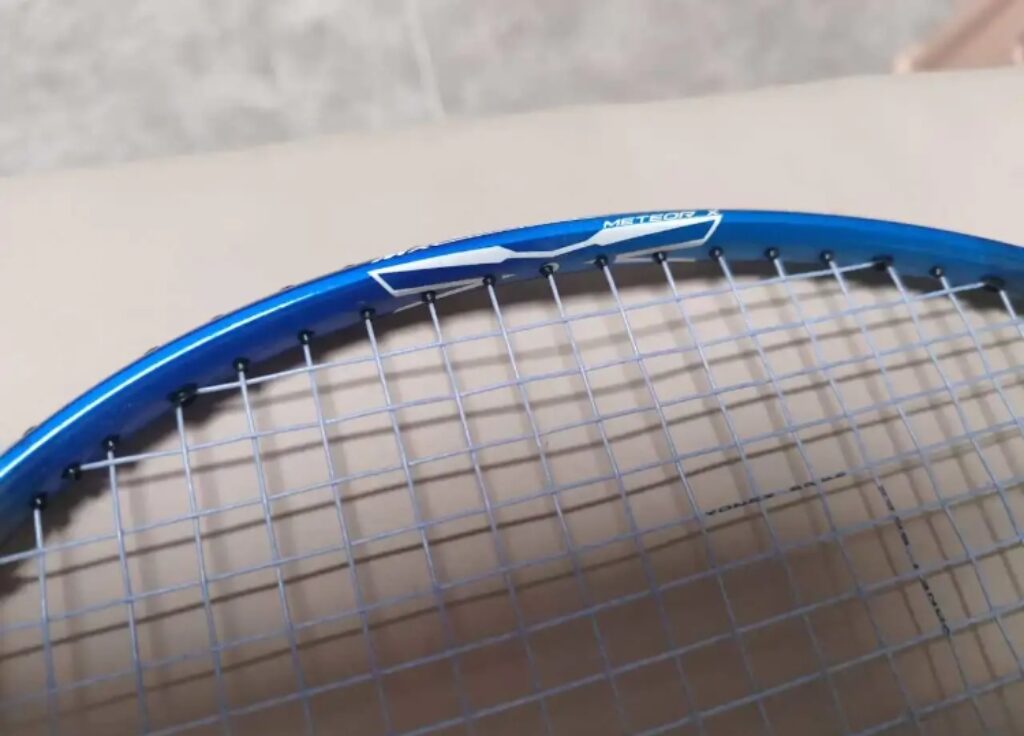
Ultimately, it comes down to compatibility. The 80-hole string bed is better suited for use with higher-quality materials to reach its full potential, or else it becomes a limitation.
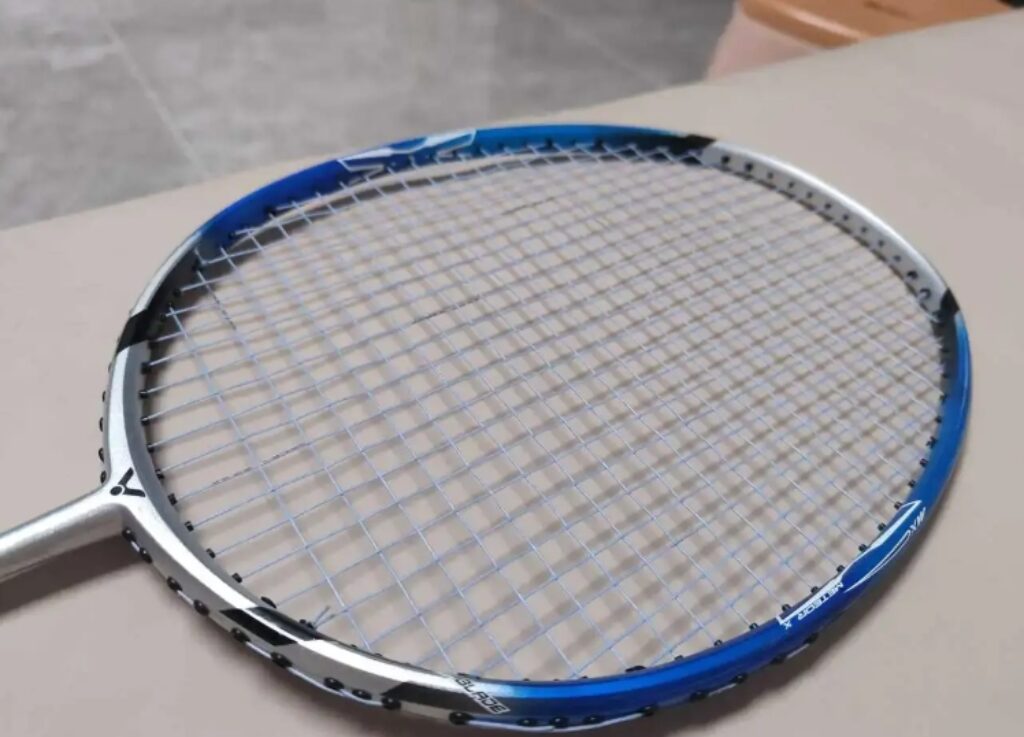

Leave a Reply